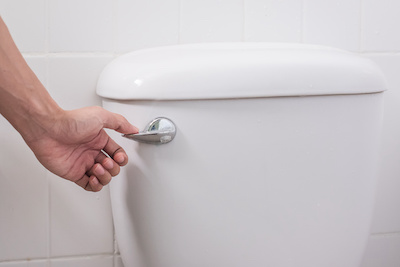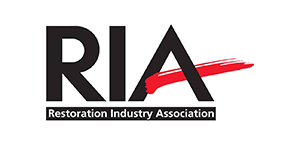 A running toilet is NOT a big problem, right? You’re only losing a little water & water is not that expensive, agreed… However, did you know that a running toilet can allow up to 20 gallons of water into your drain lines? If you have a septic system as opposed to a city sewer hookup you should address this condition ASAP as cesspools & septic tanks can fill up quickly from a running toilet.
A running toilet is NOT a big problem, right? You’re only losing a little water & water is not that expensive, agreed… However, did you know that a running toilet can allow up to 20 gallons of water into your drain lines? If you have a septic system as opposed to a city sewer hookup you should address this condition ASAP as cesspools & septic tanks can fill up quickly from a running toilet.
Common residential septic tanks/cesspools range in size from 750 gallons to 1,250 gallons and at 20 gallons a day, they could completely fill up in 30-60 days. Septic systems are designed to drain out & leech into the ground so you will likely have more time before they fill up. However, once the leeching capabilities slow down or the leaching rate is slower than the influx of water from the running toilet, you’re on the countdown to having a sewer backup. Sewer water, (a.k.a.category 3) water contains unhealthy, dangerous bacteria and harmful microbes remain on all exposed surfaces that the water touches and will become airborne once the surfaces become dry. These surfaces must be cleaned or removed & replaced to eliminate the potential health risks from exposure.
A simple fix quickly turns into a costly cleanup
We do emergency cleanup work & most of our work is insurance-related. Sewer backup coverage for our clients is typically limited if it even exists on an insurance policy at all. When there is a policy limit, it’s often just $5,000. The total payout limit is usually paid to cover the cleanup & repair costs. The bad news is a typical sewer backup will be close to $5K for just the cleanup, and repairs are usually twice the cleanup costs. The restoration industry insurance cleanup standards dictate that all building products that come in contact with sewer water (cat 3 water) get either cleaned with a biocide type cleaner or get demolished & replaced. Applying this standard often requires the removal of rugs, flooring, moldings, sheetrock, interior doors & so on…This can really add up quickly and make the repair very costly.
Our clients are in a very difficult position when they experience a sewer backup with little to no insurance coverage. They must choose between spending money on proper cleaning or improper, incomplete, or even non-existent cleaning to save money. that can be inhaled or ingested through constant contact. To minimize out-of-pocket expenses, they often choose to do little to no demolition and often attempt an improper cleanup on their own.
Be proactive, repair your running toilet
We highly recommend you take action on that running toilet so that simple, low-cost repair doesn’t grow into a very costly monster problem from a sewer backup due to a full cesspool. If you do have a flooded basement from a sewer backup, don’t hesitate to call a licensed, insured, experienced restoration contractor for evaluation & assistance on proper cleaning.
For more valuable information on other blog restoration cleaning topics, please visit our blog here. To learn about fixing a running toilet read “How to stop a running toilet”.
The True Restorations Team
























